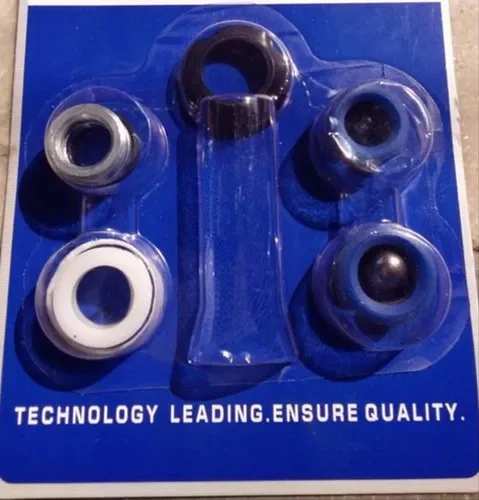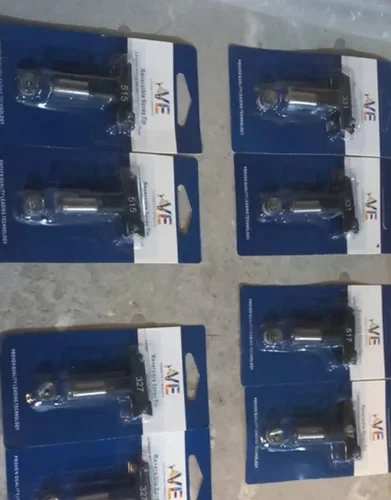Airless Spray Accessory
Automation Grade: Automatic
Brand: VISION
Product Type: REVERSIBLE
Usage/Application: AIRLESS PAINTING
Model Name/Number: VE TIP 317
The reversible RAC IV SwitchTips are the most widely used tip for spraying a variety of coatings from lacquers to exterior paints
Absolutely! Here are some helpful tips for using airless sprayers, complete with visuals to enhance your understanding:
Before you spray:
Safety first: Wear gloves, safety glasses, and a breathing mask to protect yourself from paint fumes and overspray.
Prepare your workspace: Cover furniture and floors with drop cloths or plastic sheeting.
Choose the right tip: Select a tip size and pattern based on your paint type and project (see my previous response for a detailed explanation).
Filter your paint: Strain the paint through a paint filter to remove any lumps or debris that could clog the sprayer.
Fill the sprayer: Follow the manufacturer's instructions to fill the sprayer with paint, paying attention to the pressure limit.
While spraying:
Maintain proper distance: Hold the spray gun 12-18 inches away from the surface you're painting for optimal coverage and control.
Move consistently: Keep the gun moving at a steady pace, overlapping your strokes slightly to avoid missed spots.
Trigger control: Engage the trigger just before you start moving the gun and release it just after you stop to prevent drips and splatters.
Start and stop at edges: Begin and end each stroke slightly off the edge of the surface to avoid overspray.
Cleaning up:
Flush the sprayer: Run clean water or solvent through the sprayer to remove any leftover paint and prevent clogging.
Clean the tip: Remove the tip and soak it in solvent or cleaner, then scrub it gently with a brush.
Store properly: Store the sprayer and tip in a cool, dry place, following the manufacturer's instructions.
Bonus tips:
Practice on scrap material: Before tackling your actual project, try out the sprayer on a piece of scrap wood or cardboard to get a feel for how it works.
Thin your paint if needed: Thicker paints may require thinning with a compatible solvent for proper spraying.
Work in sections: Don't try to cover a large area all at once. Divide your project into smaller sections and tackle them one at a time.
Clean up spills immediately: Wipe up any spills or overspray as soon as they happen to avoid staining.
Price: 0 |
Payment Type: |
Available: False |
COD Available: False |
KYC Status: FAILED
Send Message


